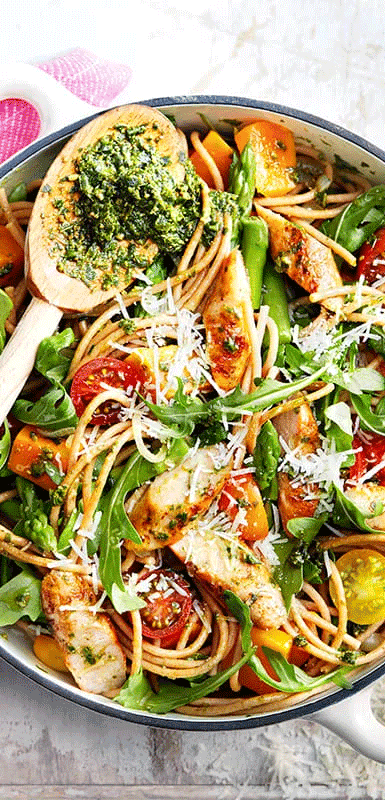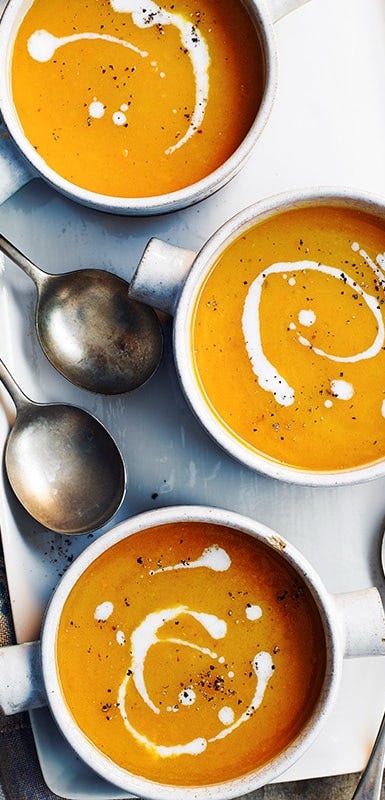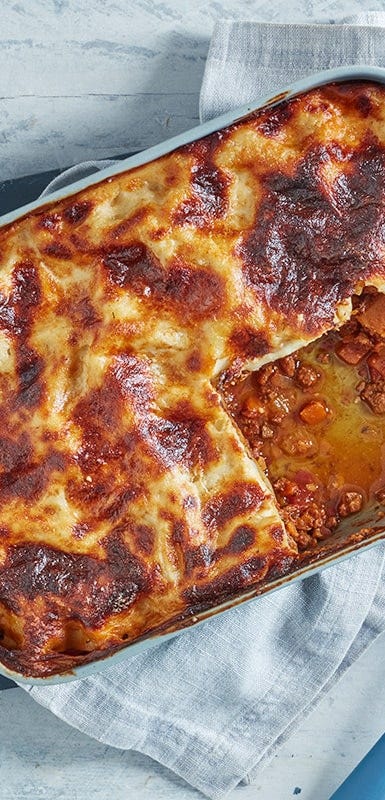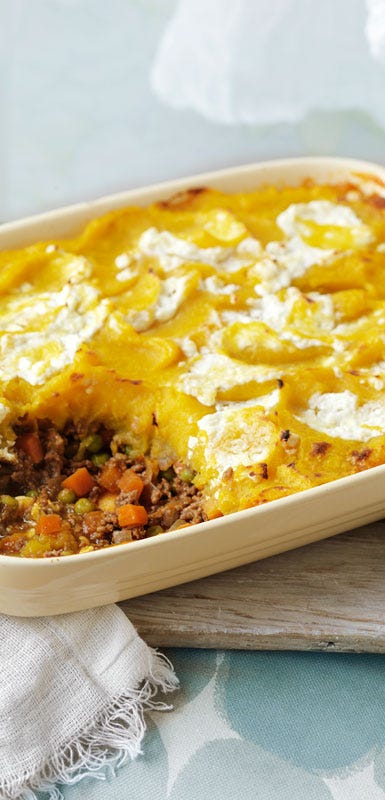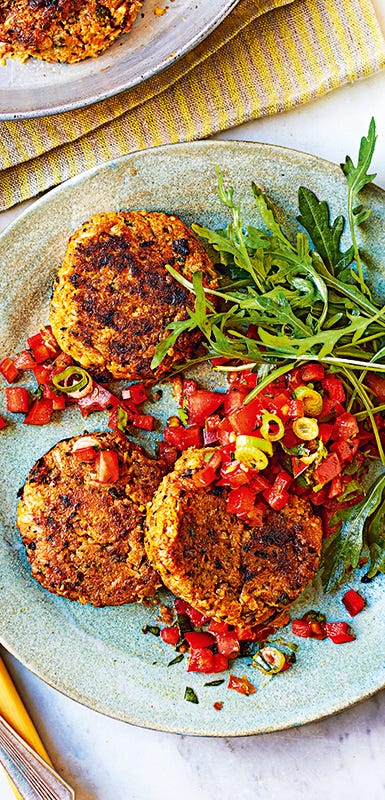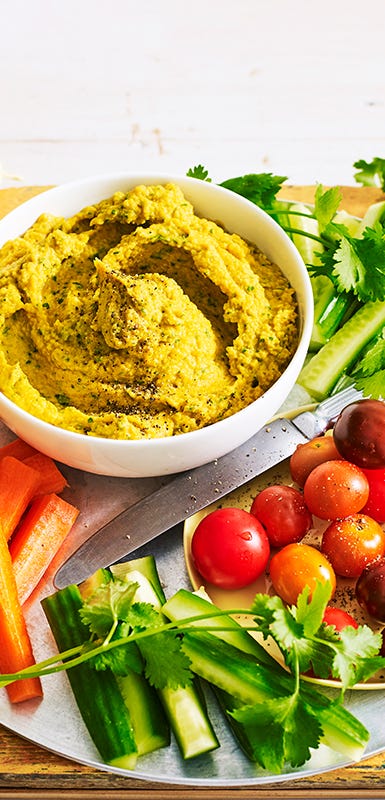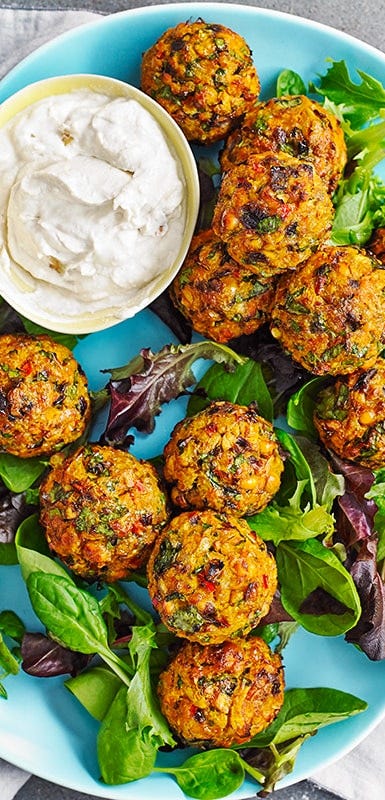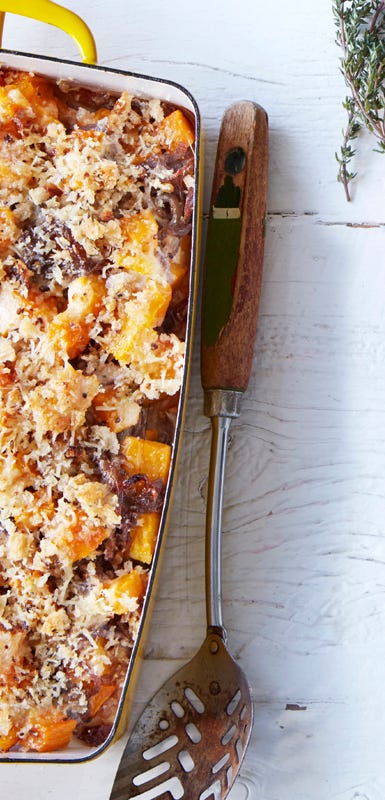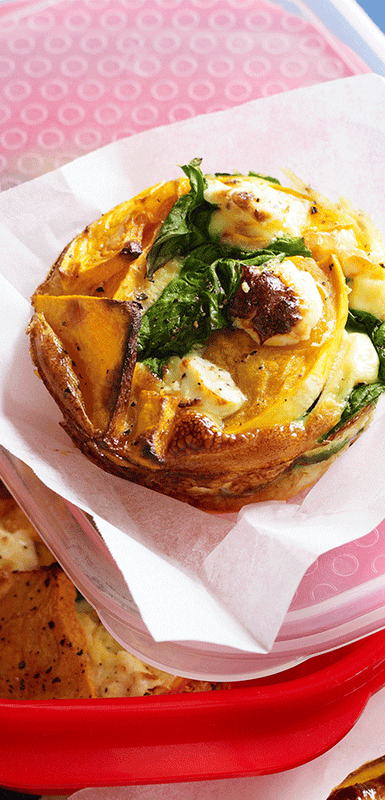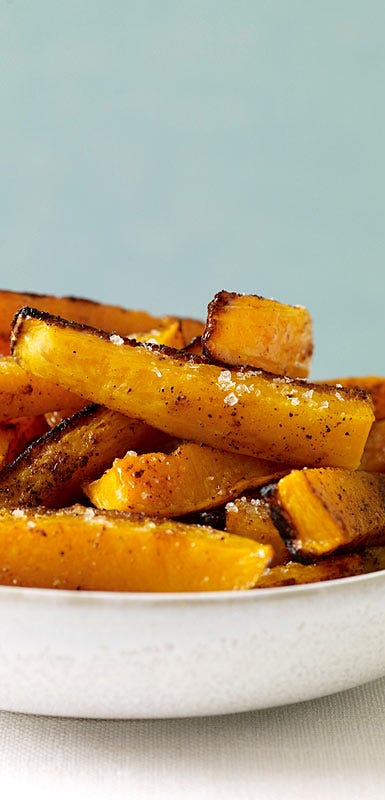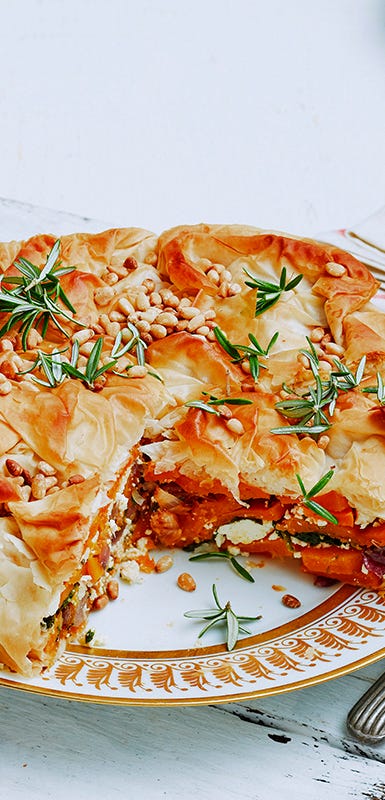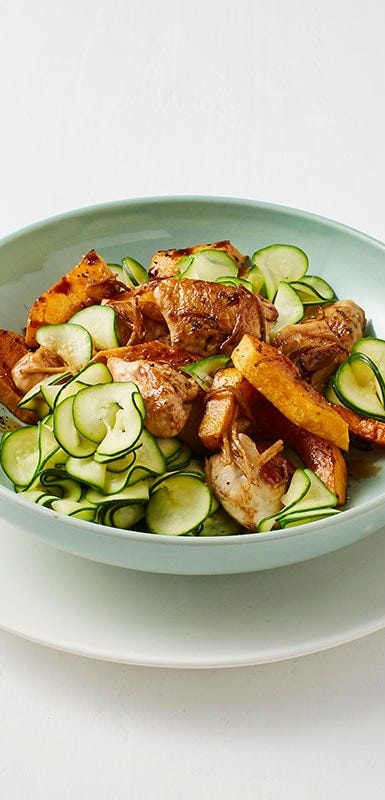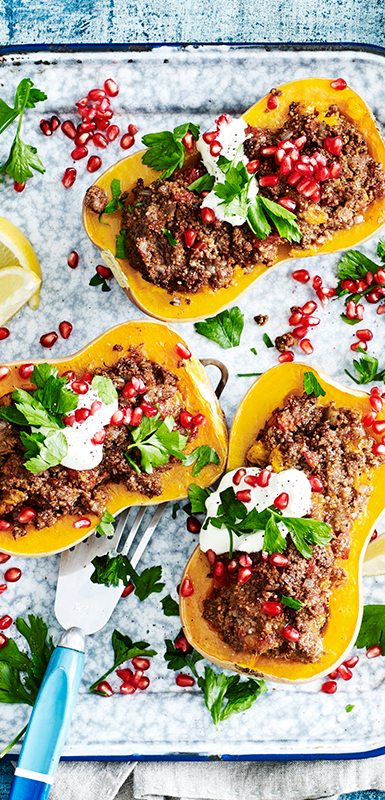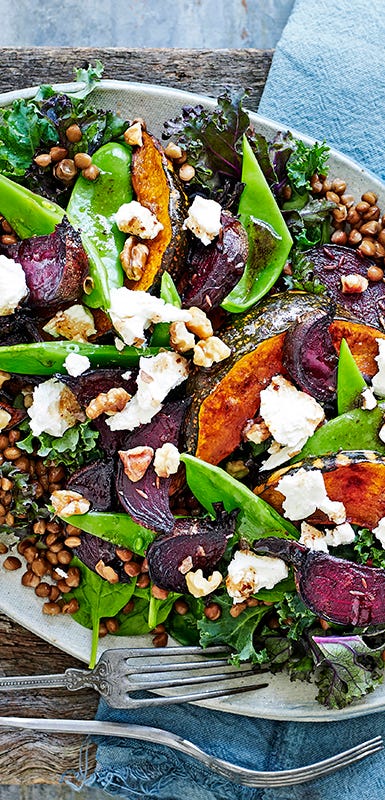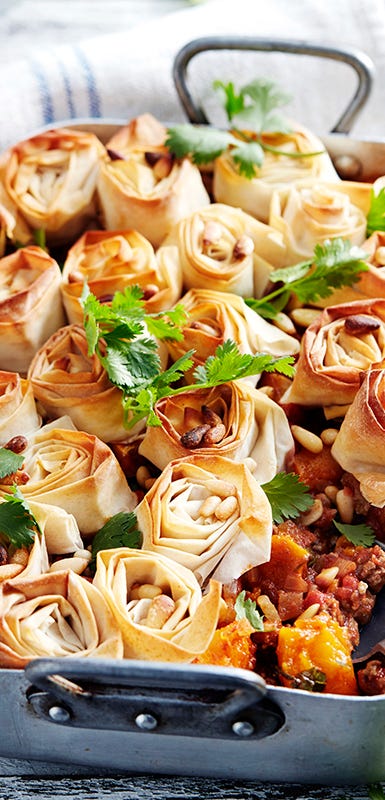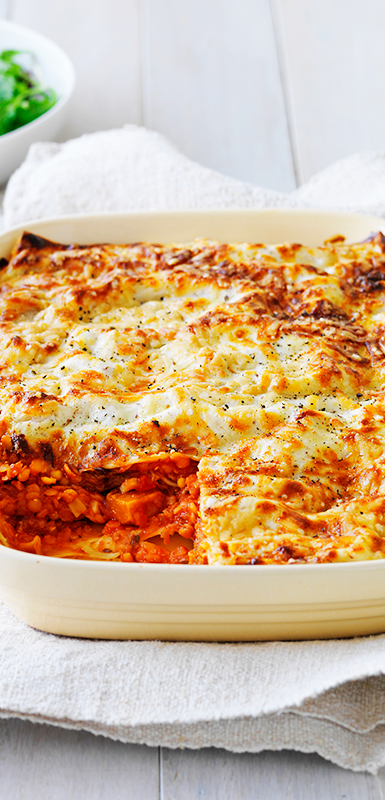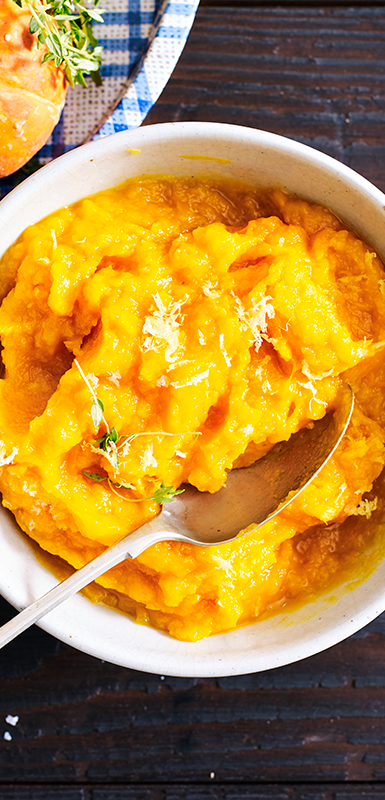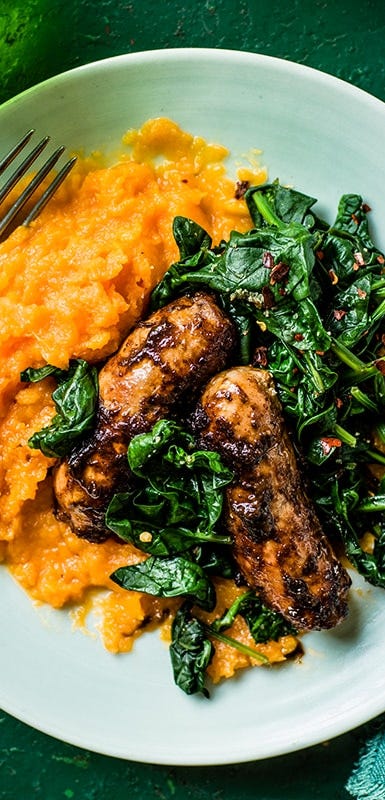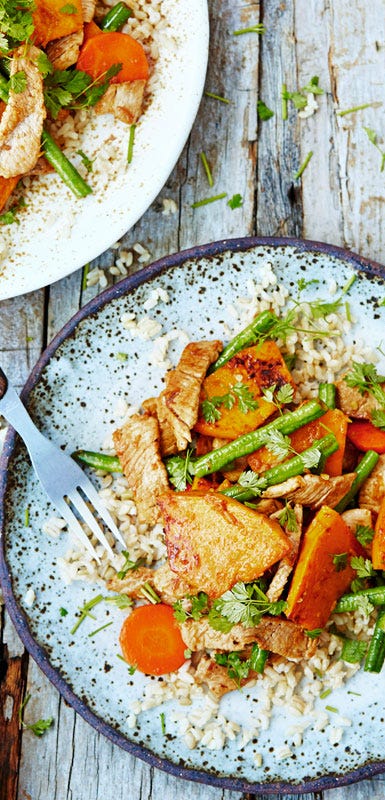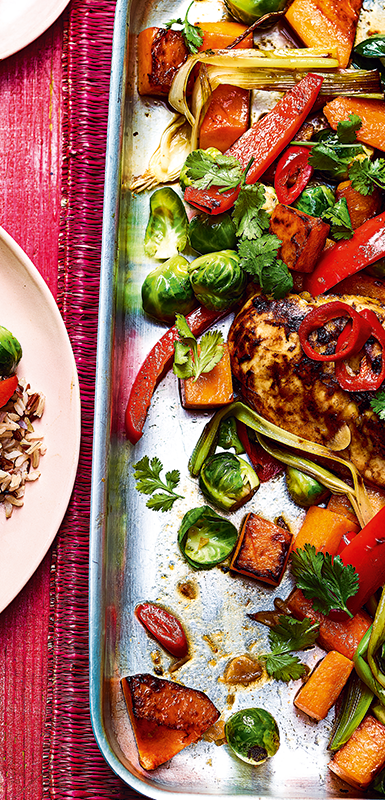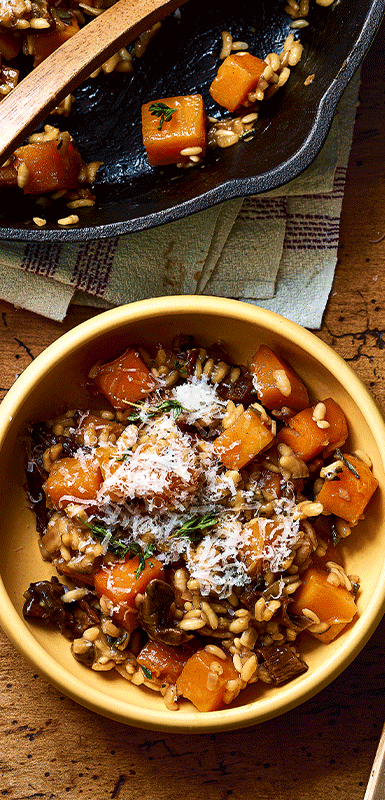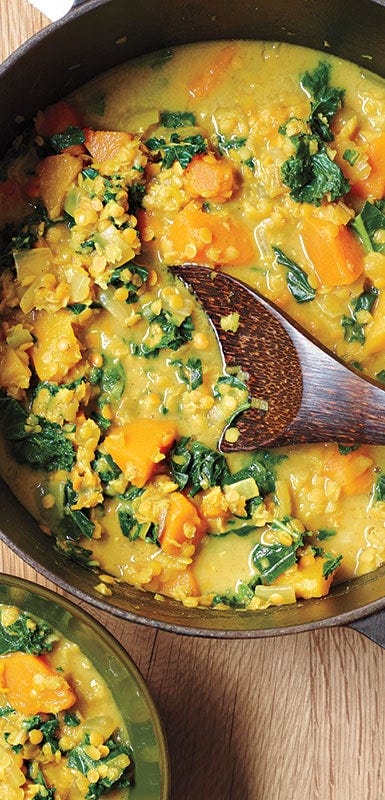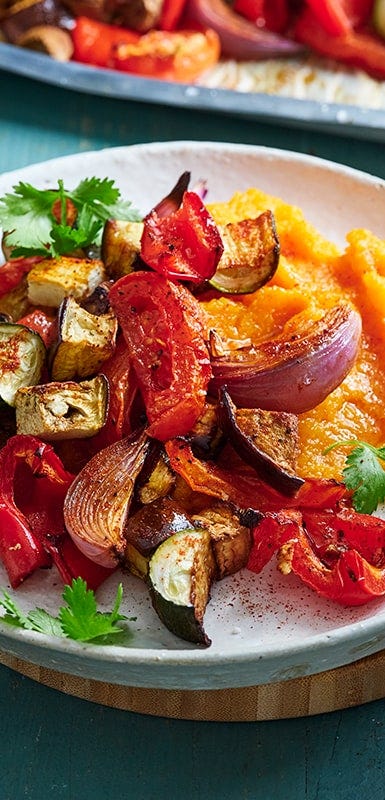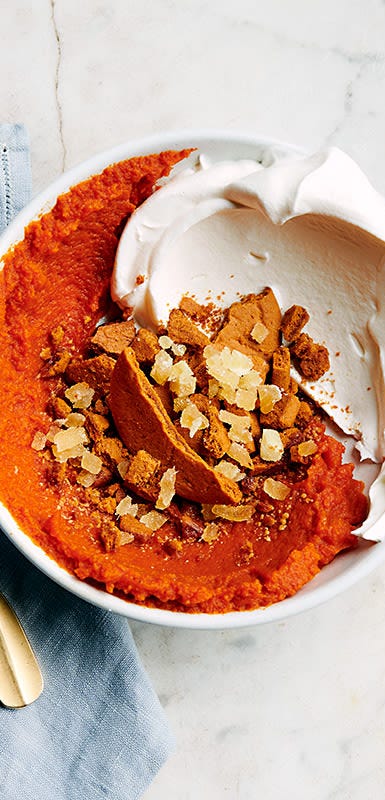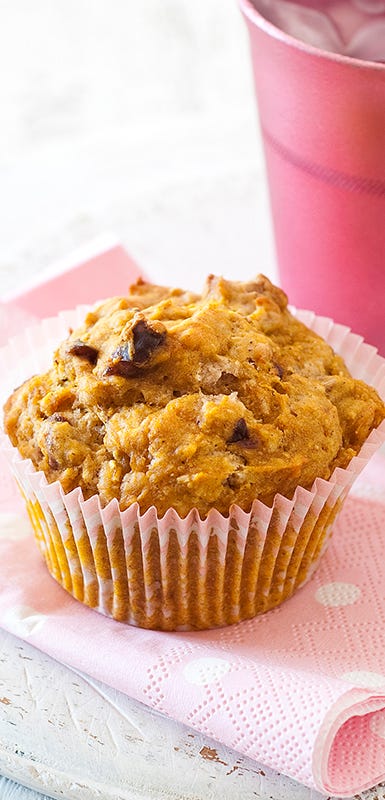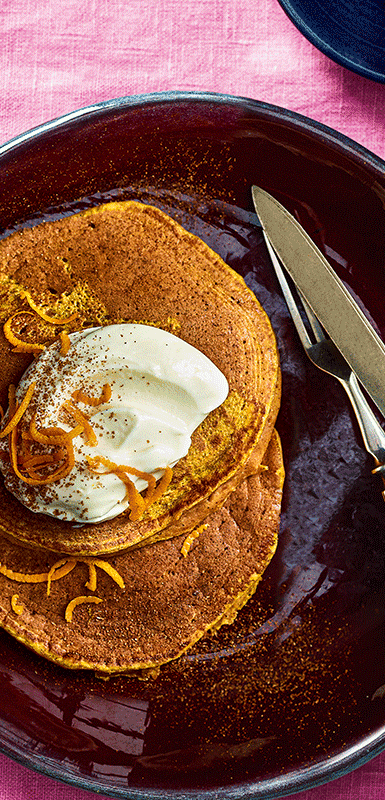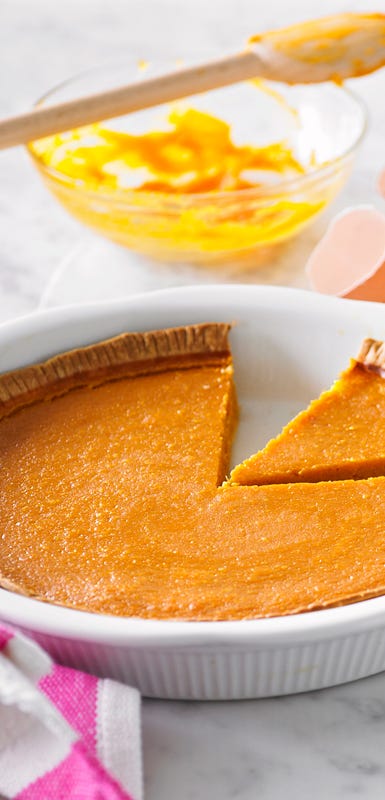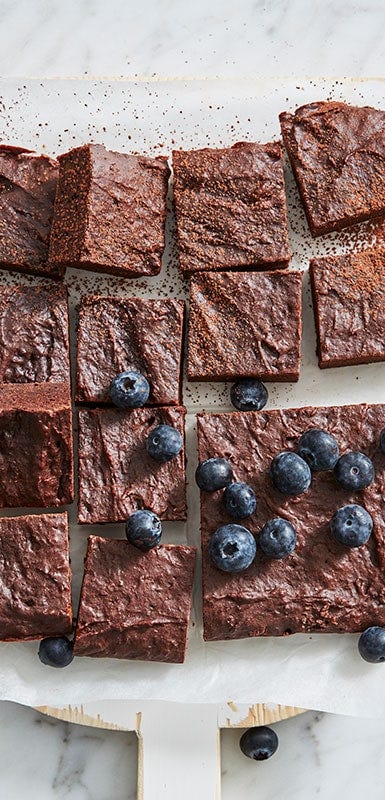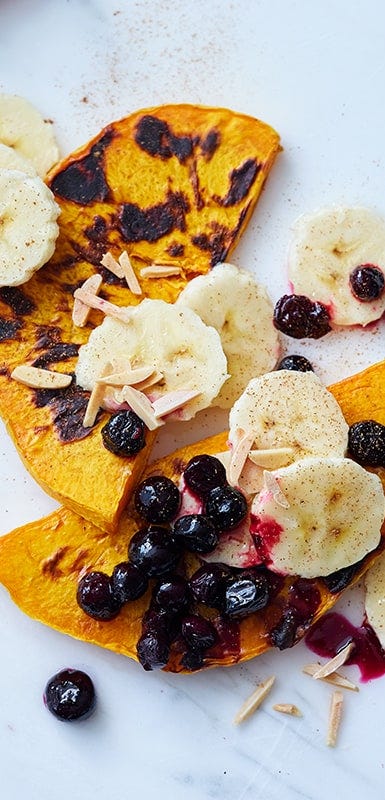30 different ways to use pumpkin in your cooking
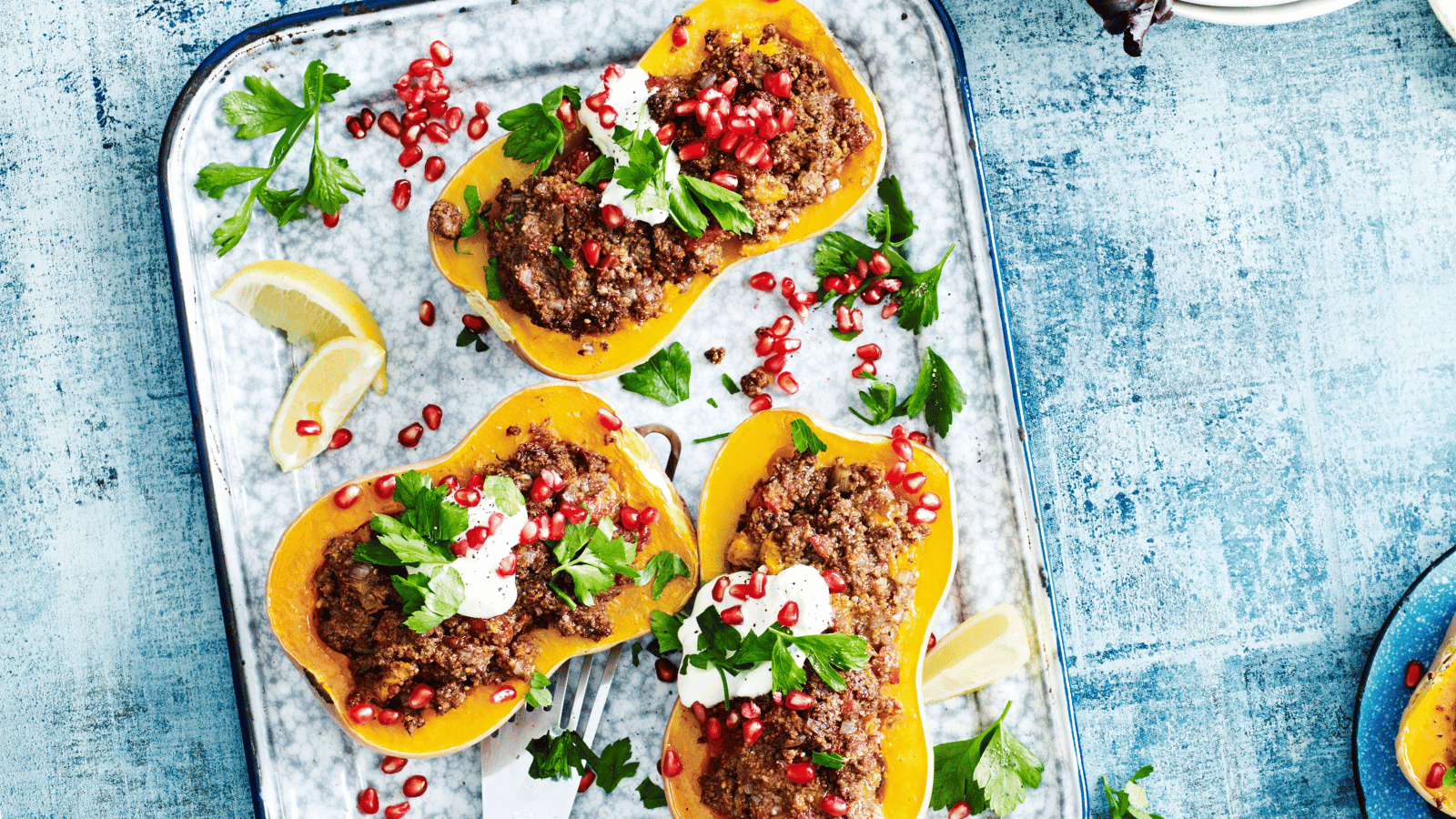

Shopping and cooking tips for pumpkin
Pumpkin is extremely versatile, stores well and, best of all, is a ZeroPoint food on the Weight Watchers program. Make some room in your kitchen for this all-rounder ingredient and discover all the delicious dishes you can create.
What are the health benefits of pumpkin?
Being mostly made up of water, pumpkin is low in energy (kilojoules) but high in flavour, which makes it a powerful ingredient for anyone on a weight-loss journey. Pumpkin is also packed with beta-carotenoids, potassium and fibre which may play an important role in maintaining healthy vision, reproductive health and immune response.
But it’s not just the pumpkin flesh that contains all of the health benefits—pumpkin seeds are also a good source of zinc and omega-3 essential fatty acids. For a delicious salad idea, which features both pumpkin and pumpkin seeds, try our pumpkin, pepita and white bean salad.
What are the different types of pumpkin?
In Australia, pumpkins come in a variety of colours and shapes. Here are three of Australia’s most popular varieties:
- Queensland blue: These pumpkins have a bluish-grey, smooth, deeply ribbed skin and can weigh around 5-7kg each. They have an orange-golden flesh that is full of flavour and is perfect for soups, curries and stews.
- Butternut: With a golden-brown, firm skin and an instantly recognisable pear-shape, these sweet-tasting pumpkins are perfect for almost all types of cooking.
- Jap or Kent: Jap is short for Japanese pumpkin, also known as Kabocha. With spotted yellow-green skin and nutty flavoured flesh, this variety of pumpkin is ideal for mashing, roasting and steaming.
How to prepare pumpkin
One simple way to prepare pumpkin is to bake it whole (skin included). Pierce the pumpkin’s skin with a fork in several places to allow steam to escape and fill a shallow baking pan with 3cm of water to help steam and soften the pumpkin. Bake in an oven for an hour at 180°C.
Once the pumpkin has cooled the flesh can be removed and stored in the fridge, covered, for up to three days. Pumpkin also freezes well and can be frozen in resealable plastic bags for easy access to quick roasted pumpkin any time of the year. Frozen pumpkin will last for several months.
Different ways to use pumpkin
Use diced pumpkin to add bulk to stew, soups, and vegetable curry. Once the pumpkin begins to cook down it will add a creamy texture to the dish without needing the addition of cream.
Alternatively try roasting small cubes of pumpkin with olive oil, cumin, curry powder, and coriander and then tossing through salads.
How to store pumpkin
Keep whole pumpkins in a cool, dark, well-ventilated place for up to two months. Cut pumpkin needs to be covered in cling wrap and will store in the fridge for up to seven days.
In season during: Autumn and winter.

